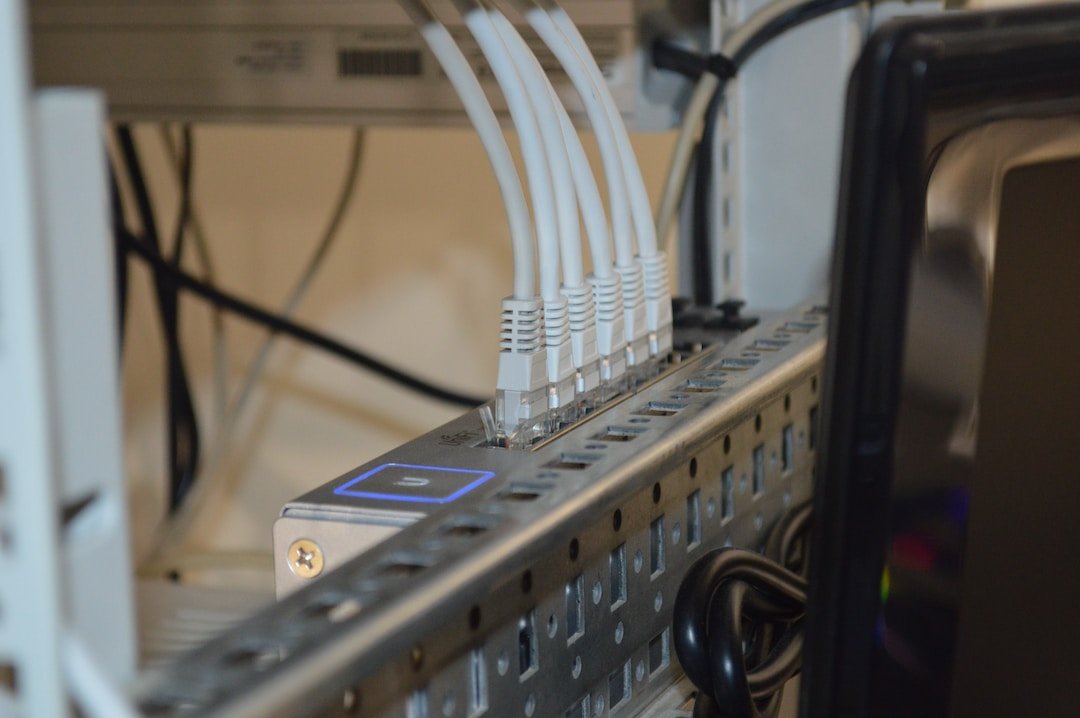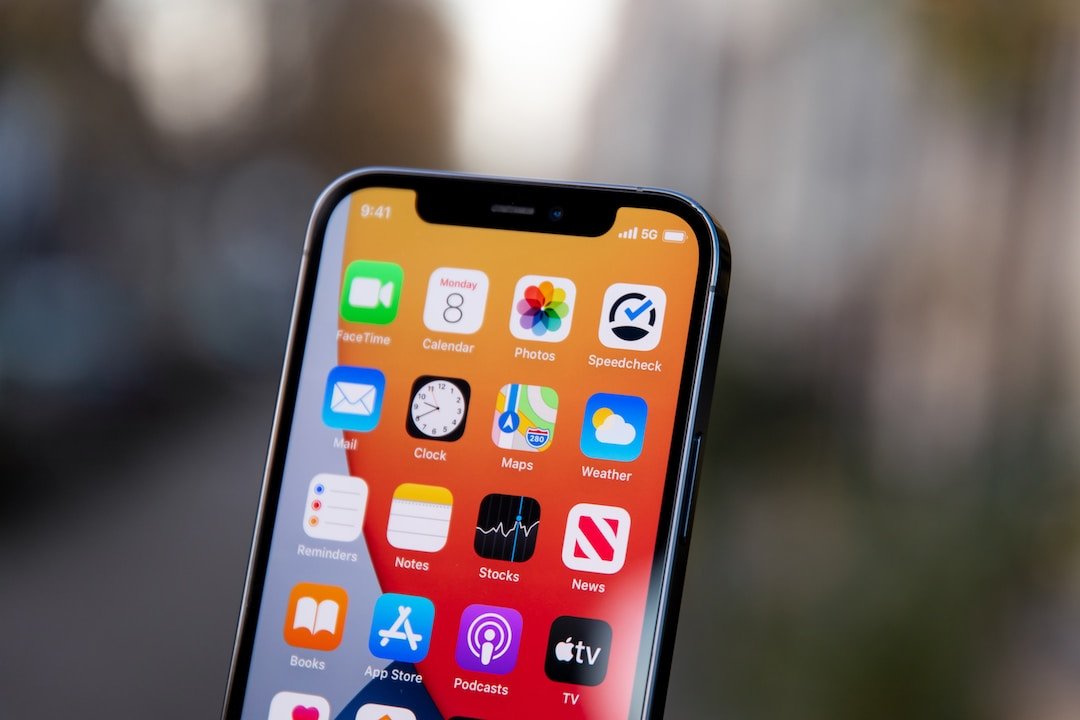Wireless technology has evolved by leaps and bounds over the past decade, with each new generation offering increased capabilities and speeds. Today, 5G and LTE are two wireless network technologies leading this technological progress. However, each comes with its own strengths and drawbacks. In this article, we delve into the characteristics, advantages, and disadvantages of each to provide you with a rounded perspective of 5G vs LTE.

Before diving into comparisons, it’s essential to understand the basics. LTE stands for Long Term Evolution. Being a 4G technology, it is widespread and currently provides the backbone of wireless internet across the globe. It has significantly faster data rates compared to its predecessor, 3G, offering reliable speeds for regular internet activities like browsing, streaming, and downloading.
On the other hand, 5G represents the next evolution of mobile technology. It aims to provide exponentially faster download and upload speeds, pave the way for Internet of Things (IoT) innovations, and more.
Both 5G and LTE networks function by employing digital modulation techniques to send and receive data using different frequencies of the electromagnetic spectrum. However, the bands each network uses significantly influence their overall performance and capabilities.
4G LTE networks use a mixture of frequency bands, from lower frequency bands that offer broad coverage to higher bands that deliver faster speeds. On the contrary, 5G takes it up a notch by utilizing even higher-frequency bands called millimeter waves, responsible for the ultra-high-speed data transfer promised by 5G.
Advantages of Utilizing 5G Technology

5G’s primary advantage is its speed, which far surpasses any wireless technology before it. It boasts peak download and upload speeds of up to 10 Gbps, although real-world speeds may vary. This opens up possibilities for streaming high-definition content, gaming, and incorporating technology in ways never seen before.
Another remarkable advantage of 5G is its low latency. Latency performance refers to the time it takes for data to travel between two points. In 5G, latency is virtually negligible, leading to faster responses and improved performance for critical applications like remote surgery and autonomous vehicles.
5G also promises enhanced connectivity, designed to handle a larger number of devices simultaneously without compromising on speed and reliability. This feature widens the scope for IoT expansion and smart city infrastructure.
Lastly, 5G networks have a higher capacity compared to 4G LTE. This means that even in densely populated areas, users can access high-speed internet without the network getting congested.
The Potential Downside of 5G Technology
While the advantages of 5G are exciting, it’s also important to understand its drawbacks. One downside is the coverage issue. Since 5G uses high-frequency millimeter waves, its range is shorter than 4G LTE. As a result, it requires a denser network of antennas, which could be an issue in rural or undeveloped regions.
Another challenge with 5G is interoperability. Current devices and infrastructure are predominantly built for 4G LTE. Hence, utilizing the benefits of 5G would necessitate new devices and infrastructure, leading to substantial costs.
Concerns about the impact of 5G on health and the environment are other significant considerations. Given the higher frequencies used, some argue that it could have adverse health effects, although concrete evidence is yet to be presented.
The Pros and Cons of LTE Technology
When discussing LTE, its most significant advantage is its widespread availability. It covers a vast geographical area and is available across all continents. Moreover, with LTE Advanced, users can expect download speeds up to 1 Gbps in ideal conditions.
Additionally, LTE performs remarkably well in providing reliable data rates for general internet uses. It has the capacity to cater to a moderate number of connected devices and handle traffic on its network efficiently.
The downside of LTE is mainly compared to 5G. The limitations become palpable when demanding applications or services require higher data rates and lower latency. Furthermore, LTE might struggle to handle network traffic in densely populated areas, resulting in slower data rates.
The evolution of LTE has peaked with LTE Advanced. While there will be future improvements, they won’t be major leaps forward. This means that those seeking cutting-edge wireless technology would have to look to 5G or beyond.
Overall, both 5G and LTE technologies have their unique strengths and disadvantages. Selecting one over the other purely depends on your individual needs, expectations, and access to these services. As technology continues to evolve at a rapid pace, the direction of wireless connectivity seems vibrant and promising, paving the way for continuous digital transformation.
